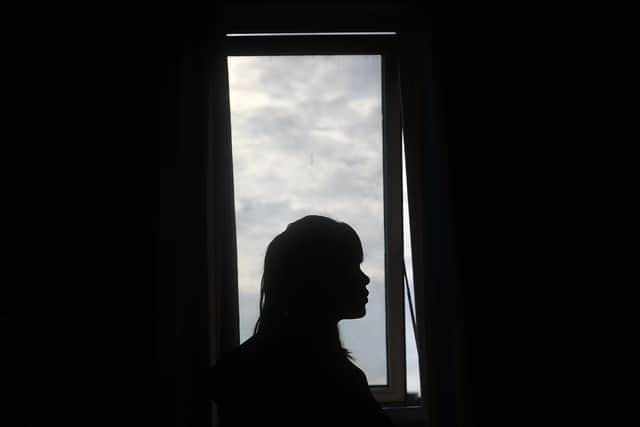Restorative justice: Why Scotland should be less nervous about using this potentially life-changing technique – Karyn McCluskey
She was suffering terribly from flashbacks of that night and fear had her paralysed. With immense strength, she sought out and completed restorative justice, a process of facilitated contact between someone harmed and the person who caused that harm.
It changed her life for the better.
She didn’t want an apology. There was none that mattered. She wanted to ‘change the memory card’ by facing her attacker and telling him he no longer held any power over her. She gave the stranger a face and a name and told him she would move on in her life and never think of him or that night again. And she has.
Advertisement
Hide AdAdvertisement
Hide AdWhen a crime happens to us and goes into a justice ‘system’, we sometimes lose our power and control over how it has harmed and changed us.
Each person experiences it differently, it’s deeply personal and specific. It is often unaddressed by the sentence people are handed down. The frustration and hurt after a case is finished, can be lifelong and life-limiting.
Scotland needs a response to healing those harms. Without this, it infects and bleeds into communities, causing further harm, resentment and perpetuating trauma.


Restorative justice takes many forms and can have a range of outcomes. For some, it is simply empowerment through the choice to take part or otherwise. For others, it is the ability to voice the real impact of crime, whether through storytelling, as part of healing circles or in a dialogue with the person who caused that harm.
It can also change how someone who has caused harm views their behaviour and can encourage them to make amends in a way agreed by all involved.
Internationally, restorative practices are used in all types of harm, including in England and Northern Ireland where these have worked well for many years.
Restorative circles are also used in the aftermath of war, terrorism and genocide to bring communities back together and to begin healing the collective impact of such atrocities.
There is, rightly, a nervousness in Scotland about introducing restorative justice for all types of harm and particularly in the most serious crimes, though its use in crimes of violence is well documented and evaluated. We can learn from other countries – how they implemented restorative justice and the longer term outcomes.
Advertisement
Hide AdAdvertisement
Hide AdI spoke to a man who had committed a serious violent crime about the restorative justice process. His response was to experience deep shame, saying he would rather do more time in prison than face his victim. Having to face up to the harm you have caused is deeply challenging, but might be at the heart of real change.
People who have experienced harm want to have the choice of restorative justice. We must place those harmed and their needs at the centre of the process and work across organisations to ensure risk and the potential for re-traumatisation are mitigated.
If we get this right, our greatest achievement in the delivery of restorative justice across Scotland will be that we also ‘changed the memory card’ on the justice experience to date in Scotland.
Karyn McCluskey is chief executive of Community Justice Scotland
